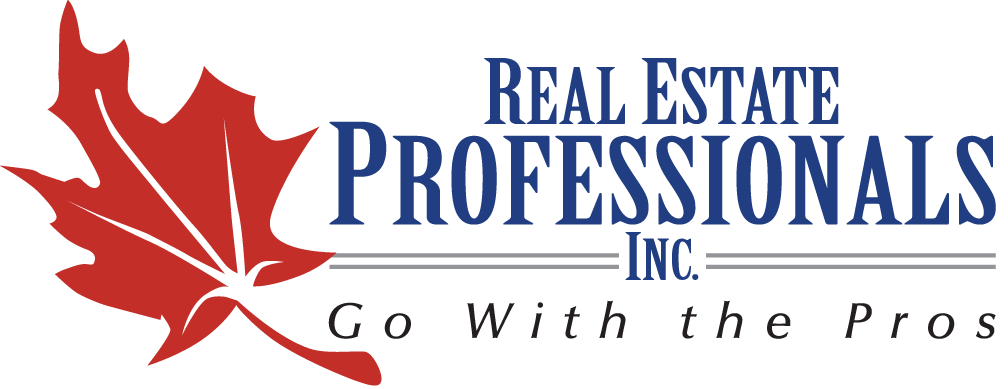What to know when you are buying an older home
Do you love the charm and character of older homes? Purchasing a home of a certain age comes with absolute pros – they are generally close to all amenities in established neighbourhoods – but you also need to be aware of the potential pitfalls you may face. Asking the right questions and being prepared will help make your character purchase much smoother and allow you to properly budget for the project.
The first thing you want to check is if the property has been designated a Municipal Historic Resource by the City of Calgary. It could be known by a different term in various jurisdictions however all “Heritage Homes” come with restrictions when it comes to renovations and changes to the property. Depending on your intended use of home, it is important to check the status to make sure you can perform the work you’d like to do to make it your own.
Perhaps the biggest consideration in an older home is the physical condition – building products, codes and preferences have changed so much over the years its important to inspect certain aspects of the home to get answers to what could be costly renovations. Some of the most common points of inspections include:
- Wiring: your inspector can let you know if knob and tube or aluminium wiring exist. If either are present, updating would be required as insurance companies are hesitant or refuse to insure in some cases.
- Foundation type: knowing if the foundation is wood, stone, poured concrete, etc. is important when planning inspections, future renovations and figuring out maintenance costs.
- Asbestos: while generally not harmless if undisturbed, unrenovated pre-mid 80’s homes may have asbestos in the vents, ceiling tiles, flooring, plaster walls or siding. It can be costly to be remediated so getting a quote before removing conditions is highly recommended.
- Lead paint: something that you want to be aware of but can be low-risk when it comes to the fix. You can remove it & repaint or encapsulate (covering with new paint or another barrier like paneling) or take on more medium risk repairs like using chemical strippers or abrasive blasting.
- Boiler systems: you may find your home is boiler heated, not a big deal for some people but if you are looking to install central A/C you will find the lack of vents problematic.
- Sump pump: many of the older neighbourhoods in Calgary are around the Bow River so having a sump pump, or at least inspecting for water leakage, is an important step to take.
Another thing to take into consideration, in particular when it comes to your time and budget, is the fact that older homes often require ongoing maintenance. You will also want to pay attention to what renovations, if any, have been previously done on the home to make sure the proper permits are in place and that the work was completed well. You may also find hidden gems like amazing hardwood under the newer carpet so going through previous work is not all bad!
Connecting with insurance companies for quotes is also important. They will want to know details about the construction, materials and upgrades the home has – insurance is vital to have in place before taking possession and you want to be prepared if it is coming at a premium.
Finally, you will most definitely want to have a home inspection completed and be prepared to have specialist inspectors for items we discussed like asbestos and wiring. Going in blind to an older home purchase is risky and can be costly so I wouldn’t recommend skipping an inspection.
With proper research, planning and the right people on your side, you can achieve your dream of having a home with history and the type of character you are looking for. Check out more of my blogs for buyers and join me on Facebook and Google for the latest in real estate news and information!

![]()

